A NOBLE JOURNEY
In Exoches, a renowned quarter of Thessaloniki, impressive mansions tell a unique story.
Beyond the city walls of Thessaloniki in the late 1800s, the enchanting region of Exoches flourished. Sprawling fields and blossoming gardens with climbing roses, lush trees, and vibrant flowers stretched towards the sea. Around 1880, magnificent mansions began to grace the landscape, earning the name Pirgi (towers), a testament to their exquisite beauty and design. This vibrant neighbourhood became the residence of influential economic figures in Thessaloniki, the Ottoman Empire’s key multicultural hub in the Balkans. A tapestry of ethnicities and religions intermingled, including Jews, Dönme, Greeks, Europeans, Muslims, Bulgarians, and Franco-Levantines. Designed according to international standards of eclecticism for the time and blending various architectural influences representative of nationalities and personal preferences, mansions were a reflection of social status. The architectural evolution began with the Yeni Mosque’s construction, succeeded by notable structures such as the Imperial High School, the General Headquarters, and the Armenian Church. Vasilissis Olgas Street showcases a captivating array of villas, some abandoned, others meticulously restored, offering a remarkable journey through time.
One highlight among them is the three-story Villa Allatini, by the renowned Italian architect Vitaliano Pozzelli, built by the prominent Jewish family, Allatini. The villa holds a special place in history, having served as the residence for Abdul Hamid II, the last Sultan of Turkey.
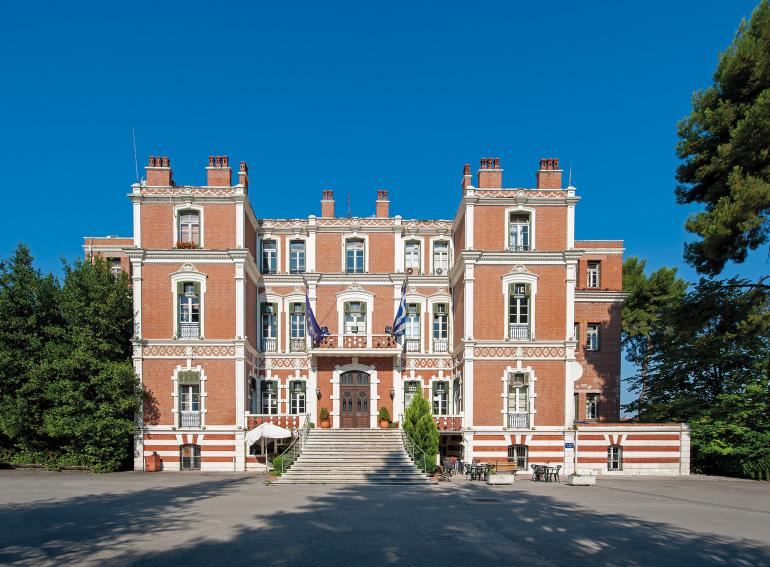
Constructed in 1895 by Pietro Arigoni, Villa Kapandji stands as a testament to the vision of Mehmet Kapandji, a Sephardic merchant, industrialist, and banker. Today, it serves as the Cultural Centre of MIET under the auspices of the National Bank Cultural Centre of Northern Greece.
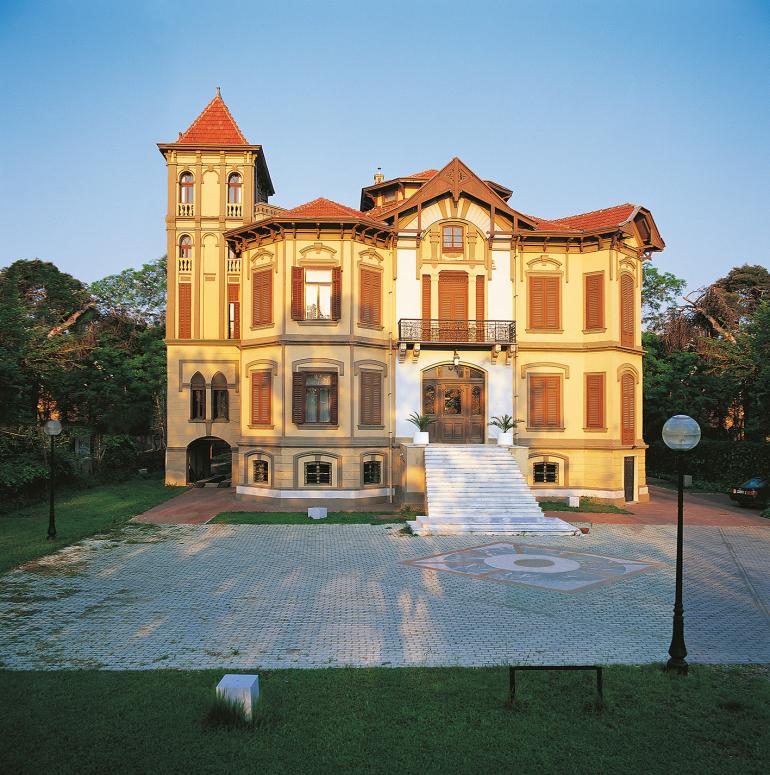
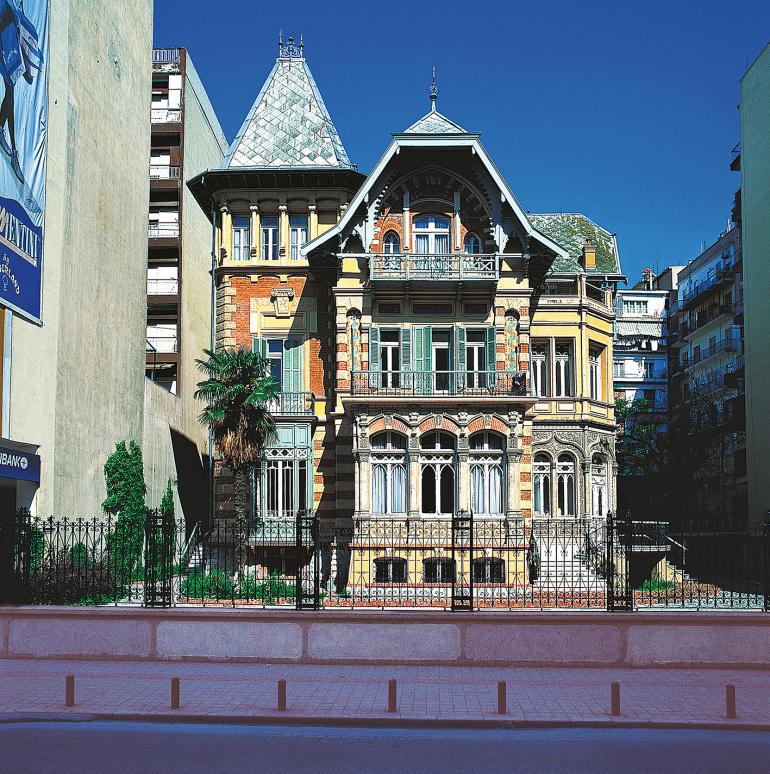
Villa Levi Modiano, today’s ‘Michailidis House’, erected in 1888 by architect Frederic Charnot, showcases prominent Renaissance design influences.
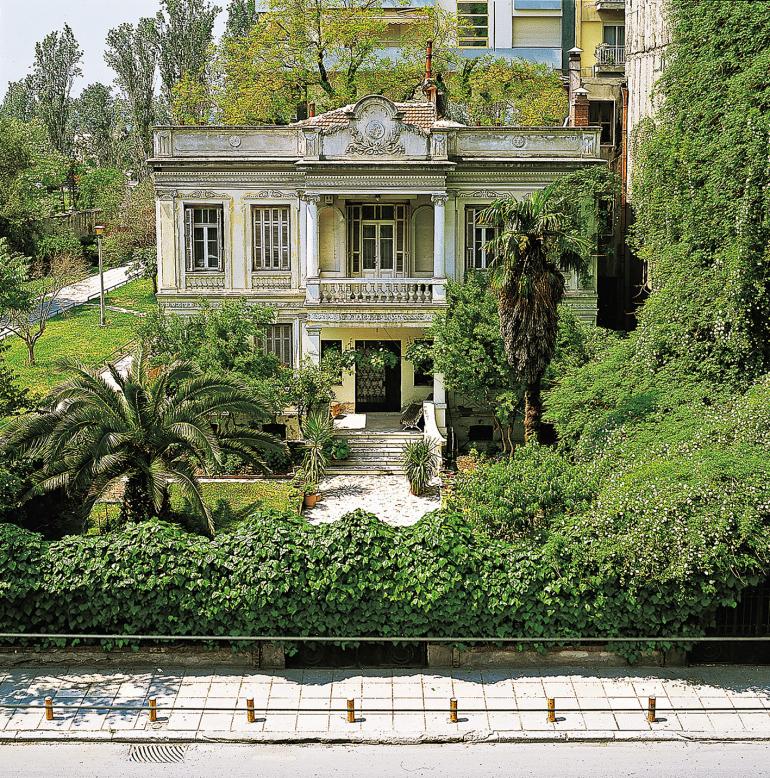
The Villa of Osman Ali Bey, which once served as the residence for King Ferdinand II of Bulgaria in 1913, now houses the Centre for Byzantine Research. Constructed in 1896, it is a testament to the eclectic architectural style of the era.
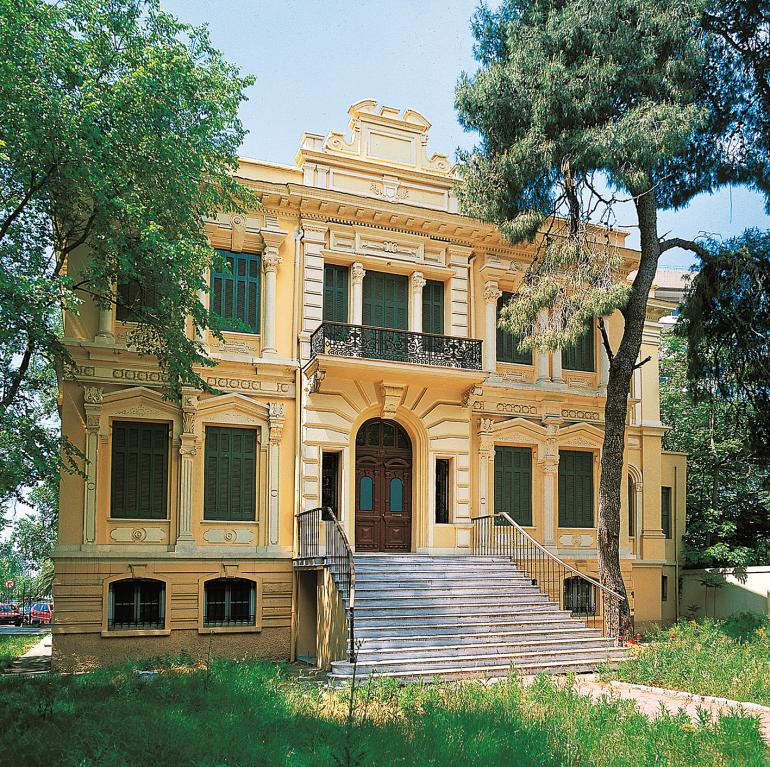
The investment of vast wealth in the costruction of Villa Mordoch, also known as the ‘Seifullah House’, resulted in a magnificent, all-marble mansion designed by architect Xenophon Peonidis. The then-representative of the Sultan, Seifullah Pasha, built the mansion in 1905 at the behest of his wife, Hatidje Nafia. However, he spent only one night there before being ordered to depart for Albania, where he was pressed to disclose the source of his immense fortune. Unable to explain, he tragically took his own life.
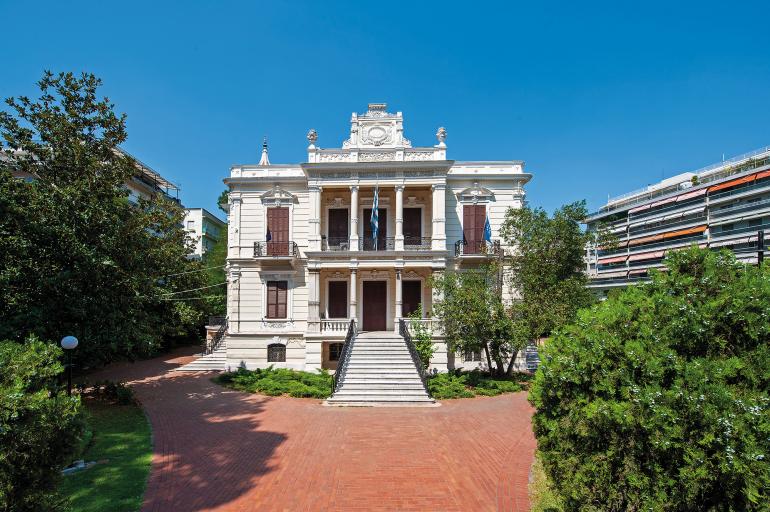
In 1913, the Italian-Jewish industrialist and commercial agent Dino Fernandez Diaz completed the ornate Casa Bianca as a gift to his Swiss wife.
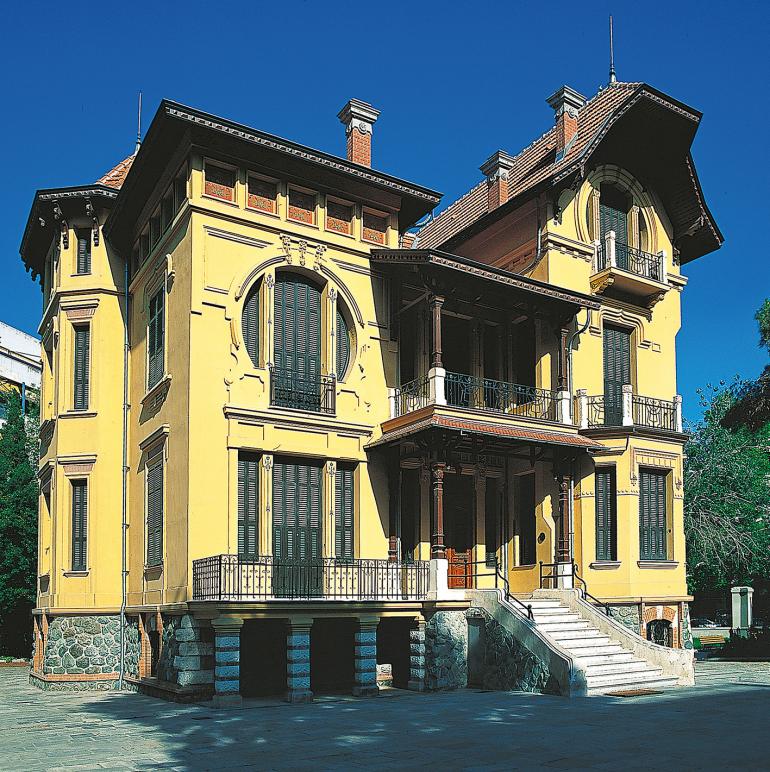
Of enormous historical value for Thessaloniki is the Italian Institute, with the remains of Villa Ida, named after the wife of the great financier Levi Modiano. Some mansions of Exoches, along with their stories, are lost to time. What endures are shared legacies and invaluable architectural and historical treasures.
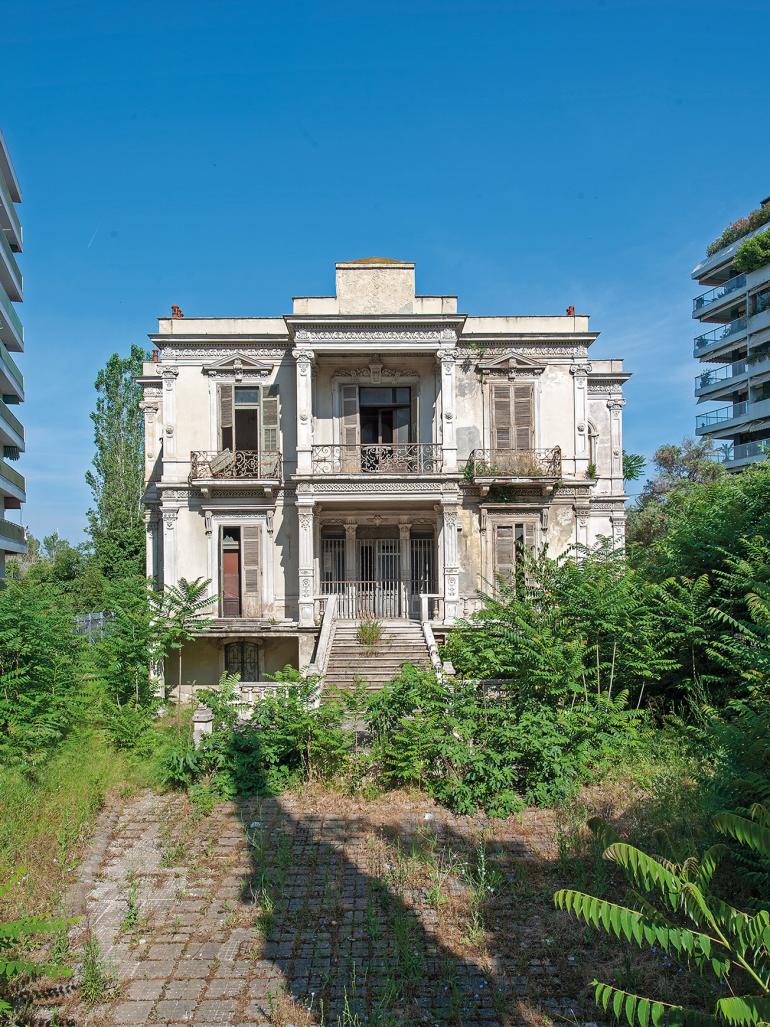
_______________________________________
TEXT : ALEXANDRA TSOLKA
PHOTOS : YIORGIS YEROLYMBOS

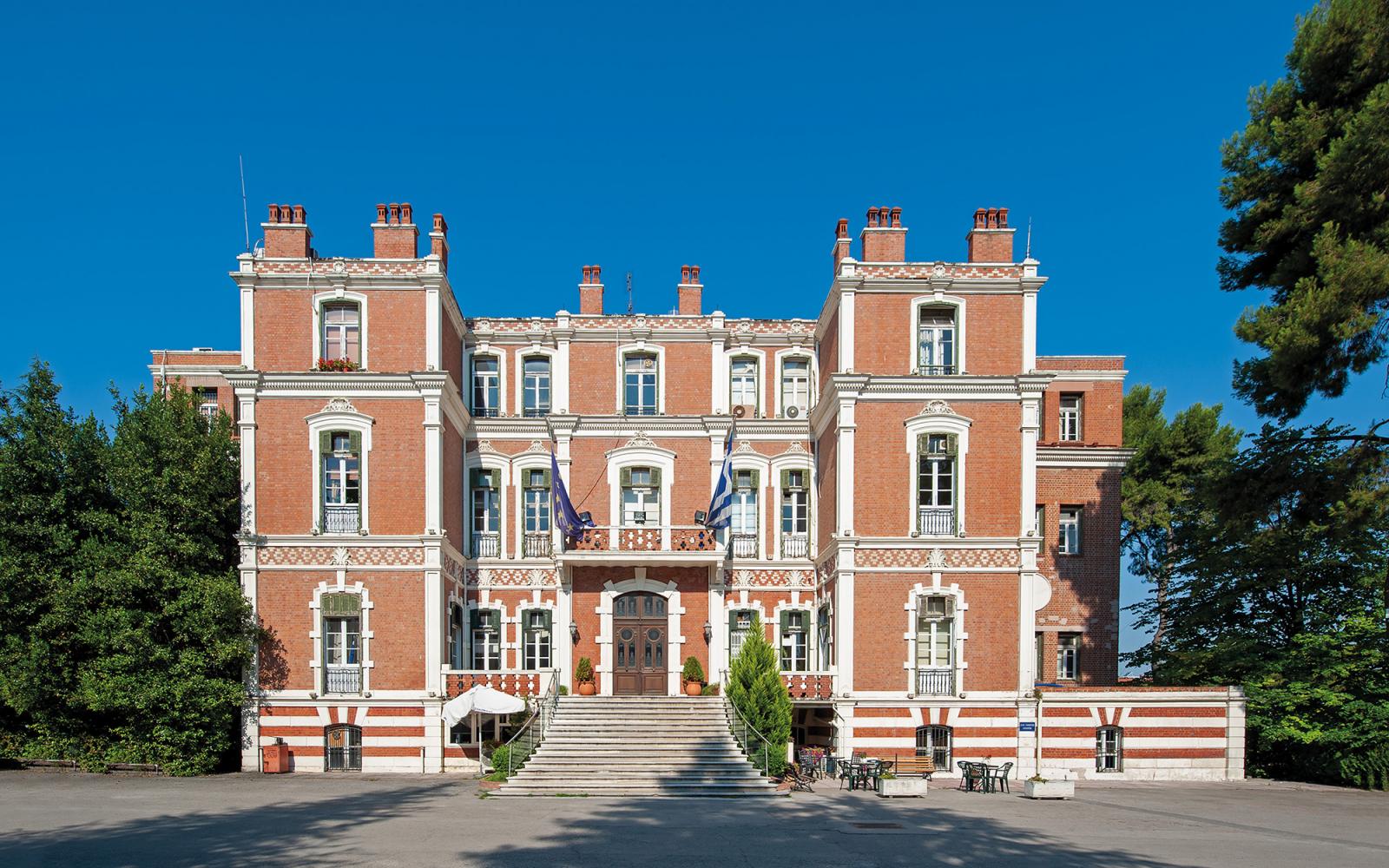
YOU MAY ALSO LIKE
Mythical Heights
MADE IN THESSALONIKI
Creative Fusion